How Important is Provenance in Oaks, Other Trees?
Pamchesbay
16 years ago
Related Stories
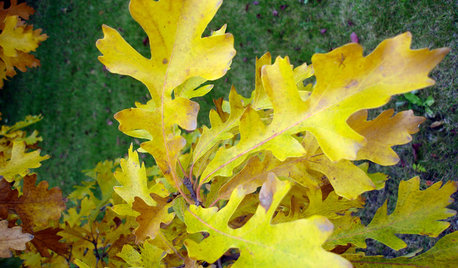
GARDENING GUIDESCelebrate Eastern Oaks for Wildlife, Longevity and Seasonal Interest
There might not be a more important tree to have in your eastern U.S. landscape — if you can fit one in
Full Story
LANDSCAPE DESIGNPretty Trees for Patios, Paths and Other Tight Spots
Choose trees for their size, shape and rate of growth — or shape them to fit your space. Here's how to get started
Full Story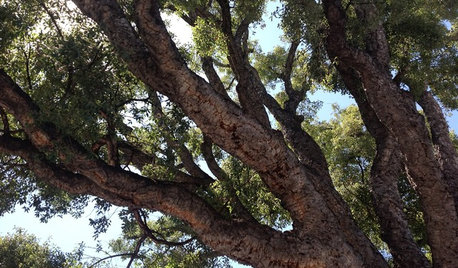
GARDENING GUIDESGreat Design Plant: Cork Oak
Witness an incredible renewable resource being grown while lolling in the abundant shade of this expansive, ever-popular tree
Full Story
GARDENING GUIDESTree Care: Common Tree Diseases and What to Do About Them
Learn to recognize trees that may be affected by diseases or pests so you can quickly take action
Full Story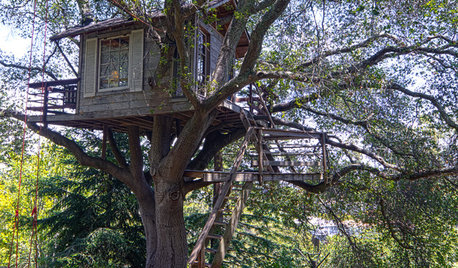
DREAM SPACESA Northern California Tree House Makes Memories
Designed with utmost respect for the tree cradling it, a cozy house gives overnighters an experience to cherish
Full Story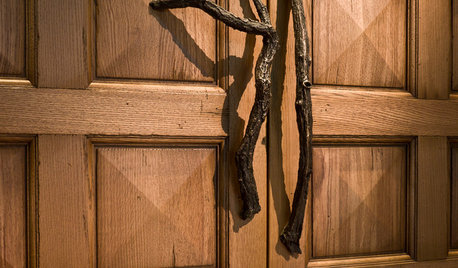
WOODWoodipedia: Make a Solid Choice With Oak
Forget those low-end products of old. Red and white oak today are beautiful, versatile and relatively inexpensive
Full Story
ARBOR DAY8 Reasons to Plant a Great Tree
Beauty is its own reward, but the benefits of planting the right tree in the right place go way beyond looks
Full Story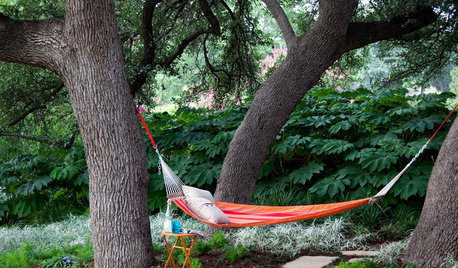
GARDENING GUIDES8 Essential Native Shade Trees for the U.S. Southeast
These beauties provide cool shade in the summer and easily withstand the heat and humidity of the South
Full Story
GARDENING GUIDES10 Top California Native Plants, Trees and Grasses
Enjoy a fuss-free, water-wise garden in the Golden State by growing plants naturally in tune with the climate and wildlife
Full Story
FALL GARDENING6 Trees You'll Fall For
Don’t put down that spade! Autumn is the perfect time for planting these trees
Full Story




lou_spicewood_tx
spruceman
Related Discussions
Any other oaks roots like the Holm oaks?
Q
how do tree farms grow named oaks from seed
Q
Finding tree seeds (oaks, esp.) of local provenance
Q
What other kind of trees go well w/ live oak?
Q
lou_spicewood_tx
PamchesbayOriginal Author
spruceman
PamchesbayOriginal Author
quercus_macrocarpa
spruceman
MissSherry
pineresin
MissSherry
pineresin
PamchesbayOriginal Author
MissSherry
alabamatreehugger 8b SW Alabama
pineresin
MissSherry
MissSherry
spruceman
pineresin
MissSherry
PamchesbayOriginal Author
alabamatreehugger 8b SW Alabama
MissSherry
MissSherry
PamchesbayOriginal Author
PamchesbayOriginal Author
pineresin
MissSherry
pineresin
kman04
PamchesbayOriginal Author
MissSherry
MissSherry
alabamatreehugger 8b SW Alabama
PamchesbayOriginal Author
PamchesbayOriginal Author
cacau
pineresin
lou_spicewood_tx
PamchesbayOriginal Author
spruceman
lou_spicewood_tx
PamchesbayOriginal Author
MissSherry
PamchesbayOriginal Author
MissSherry
wisconsitom
MissSherry
wisconsitom